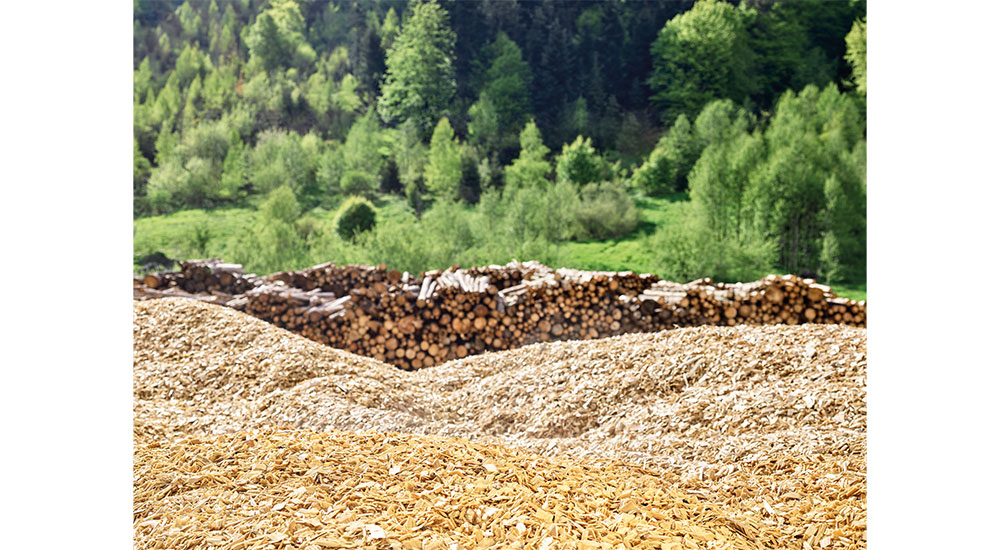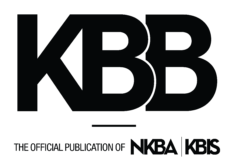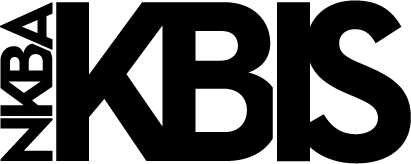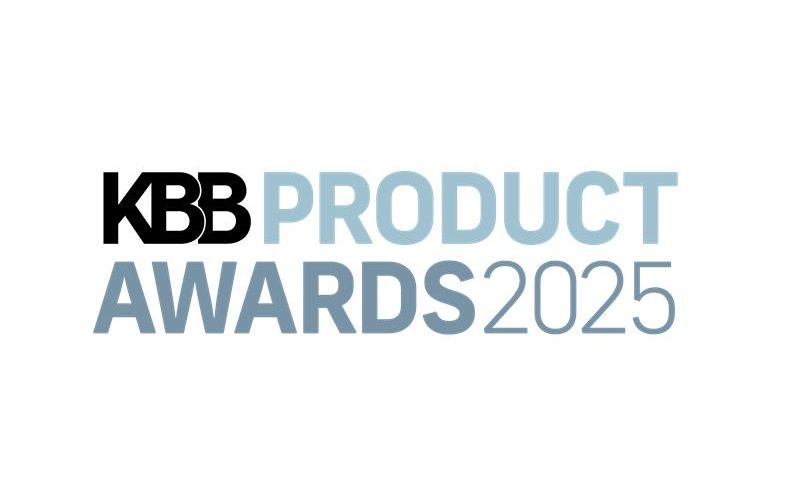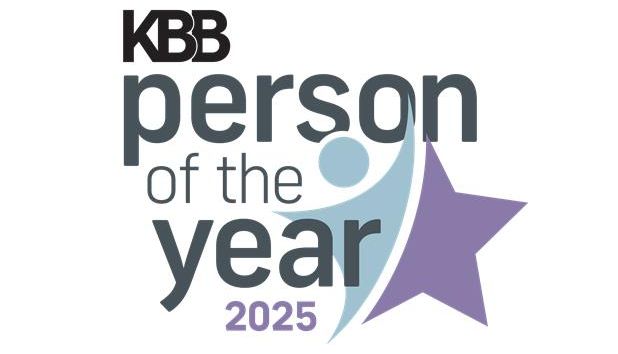Not long ago, sustainability in design was treated as a bonus, something you mentioned if it fit the budget or if the client asked. But times have changed. Today, sustainability is not just a preference, it’s a responsibility and, increasingly, a competitive advantage. Across the interiors industry, from product manufacturers to architects and designers, there is a growing recognition that beautiful design must also be responsible design. Whether driven by consumer demand, regulatory shifts or personal values, the push toward lower impact materials, healthier indoor environments and carbon-conscious production is undeniable.
A Shift in Expectations
Clients are asking better questions. Where is this material from? Is it recyclable? What is the carbon footprint? They’re not just asking these questions, they’re making decisions based on the answers. They want finishes and surfaces that feel good and do good without compromising style or performance. In response, manufacturers are rethinking raw materials and production processes. There is renewed focus on transparency, with Environmental Product Declarations and third-party certifications becoming standard practice. Recyclability, durability and responsible sourcing are no longer niche features. They are the baseline.
How Sustainability Is Built Into the Process
Materials now need to perform across the full lifecycle, from extraction and fabrication to installation and eventual reuse. Wood based products are a great example. While certifications like FSC® and PEFC™ still matter, the conversation has evolved to circular sourcing, using recycled content, reducing production waste and engineering materials for disassembly or reuse. EGGER Wood Products has taken that evolution to heart through its fully integrated wood recycling facility, EGGER Timberpak.

Located in Charlotte, N.C., Timberpak is EGGER’s off-site wood recycling plant, established in 2023 to support the company’s particleboard production in Lexington, N.C. It collects wood waste as well as pallets and other post-consumer materials, then sorts and pre-processes it before supplying EGGER’s manufacturing facility. The goal is to divert wood from landfills and turn it into a raw material stream for new product. This reduces the need for virgin fiber while locking carbon into long-lasting decorative surfaces. As a result, the Lexington plant produces carbon-negative particleboard with over 40% recycled content. Timberpak is a key part of building a more circular model for wood-based manufacturing in North America.
Healthier Materials, Healthier Spaces
Alongside managing materials and carbon, manufacturers are continuing to address indoor air quality. Low-VOC finishes, formaldehyde-reduced substrates and solvent-free adhesives are becoming standard in many products. Products are regularly tested to ensure they remain below strict formaldehyde emission limits and meet evolving VOC regulations. These low-emission, responsibly sourced materials contribute to healthier interiors and align with growing expectations for occupant well-being.
Circular Thinking Is the New Standard
Closed-loop design and circular economy practices are becoming fundamental within the industry. Closing the loop means designing products for reuse, refurbishment, recycling or reclamation as part of their lifecycle. Timberpak reflects this thinking by keeping waste wood in use longer and reducing landfill volume. The chipboard made from this process is itself recyclable at end of life, creating a model where waste is minimized and material value is maximized.

Where We Go From Here
The road to Net Zero in the interiors industry is not straight, but the direction is clear. Materials will need full transparency. Carbon reporting will become common. Designers expect suppliers to partner in sustainable innovation. Innovation is accelerating, with smarter sourcing, cleaner manufacturing and shared accountability across the supply chain. The goal isn’t to be the greenest, but to be accountable, consistent and credible while also maintaining high standards of quality and design. When brands embed these values across operations, sustainability becomes not a message but a mindset.
Final Thought: Beauty That Lasts
Sustainable interiors don’t have to sacrifice style. The most compelling designs today marry aesthetics with integrity. They tell where materials came from, how they were made and what future they support. In an industry that moves fast, sustainability asks us to slow down to consider what we are building and why. What matters most is not just what’s trending today, but what will stand the test of time, both in form and in footprint.
Learn more about how EGGER is leading the way when it comes to sustainable surfaces.
Interested in learning more about Timberpak? Click here.
Learn more about EGGER Wood Products at: www.egger.com

